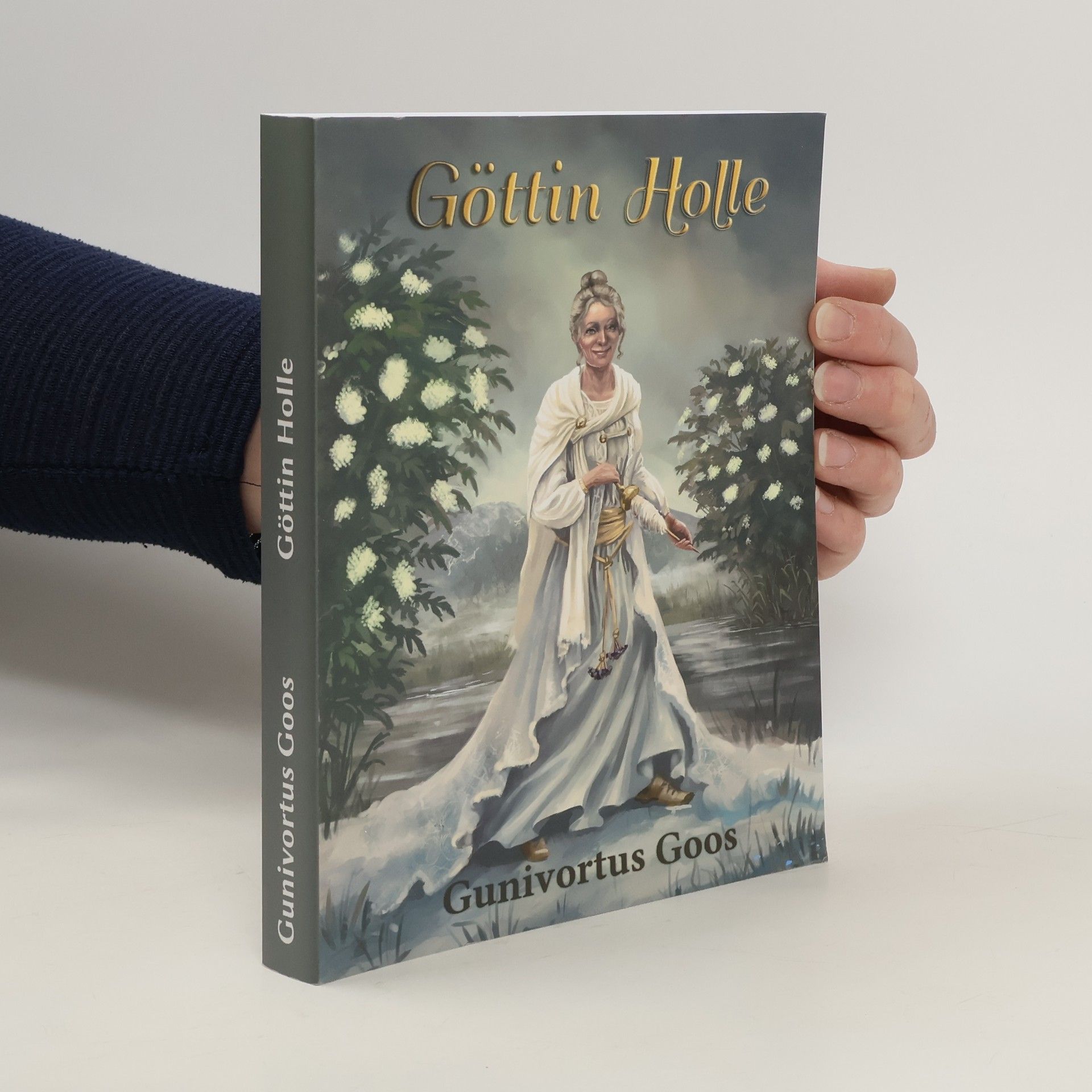Gunivortus Goos Livres
Gardenstone est un auteur qui explore les complexités de la psyché humaine et de l'éthique. Ses œuvres abordent souvent des dilemmes moraux et les motivations qui sous-tendent le comportement humain. Par des récits captivants et des aperçus profonds de la nature humaine, Gardenstone amène les lecteurs à réfléchir sur leurs propres valeurs et convictions. Son écriture est reconnue pour sa perspicacité et sa capacité à évoquer de fortes émotions.


Germanische Magie
Geschichte • Mythologie • Zauber der Runen